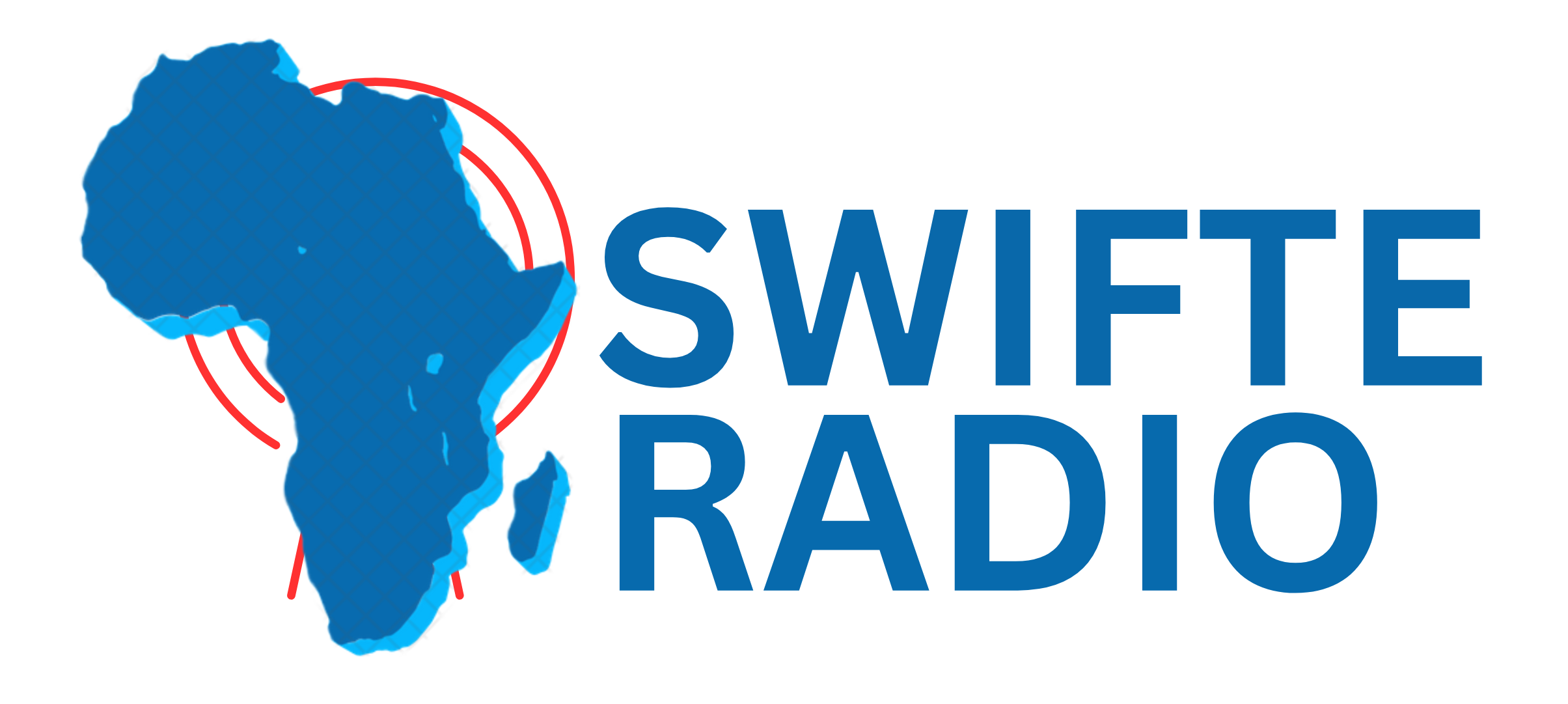The small town of Athabasca, Alberta, is making headlines as its name vies for the honor of gracing Canada’s first lunar rover. The Canadian Space Agency (CSA) has invited the public to choose a name for the historic rover, which will explore the moon’s South Pole by 2026. The options include Athabasca, Courage, Glacier, and Pol-R, and voting is open until December 20.
A Lunar Connection for Athabasca
While the name “Athabasca” originates from the famous river that winds through Alberta and Saskatchewan, the 3,000 residents of the town of Athabasca, located 145 kilometers north of Edmonton, have rallied behind the campaign with pride.
Mayor Robert Balay joked about breaking the CSA’s “one vote per person” rule by voting twice: “The river is our main attraction, and the thought of its name reaching the moon is incredible. We’re all encouraging each other to vote.”
Shauna Zenteno, dean of Athabasca University’s faculty of science, echoed the excitement: “It’s a chance to put northern Canada on the map. This name feels fitting and significant, and we’ve been urging everyone to participate.”
Even lifelong residents like Michael Borody are eager to see their town connected to this monumental mission. “Athabasca is a strong name, and it would be amazing to win,” Borody said.
Why the Name Matters
The CSA explains that “Athabasca” symbolizes Canada’s rivers as historic routes of exploration and exchange. Among the finalists, it is the only name tied to Canadian geography, reflecting the nation’s natural landscapes and pioneering spirit.
The Other Contenders
The competition is steep, with three other names vying for the title:
•Courage celebrates the determination behind Canada’s ambitious lunar mission.
•Glacier refers to the rover’s primary mission of searching for water ice on the moon.
•Pol-R creatively nods to the moon’s polar regions, where the rover will operate.
Canada’s Lunar Milestone
The lunar rover represents Canada’s inaugural mission to the moon, marking a major leap in space exploration. Designed to withstand extreme temperatures as low as -220°C, the rover will search for water, capture imagery, and gather vital data on lunar conditions.
The CSA highlights the mission’s importance: “Water is essential for sustaining life on the moon. It provides oxygen and can be used to produce hydrogen as rocket fuel. Finding water on the moon is critical for long-term human presence in space.”
This historic rover, developed over two decades with collaboration from NASA, the University of Alberta, and other global institutions, will be the first Canadian vehicle to explore the moon’s South Pole.
A Name That Inspires
Athabasca and its contenders were chosen from over 200 name suggestions submitted by CSA employees and Canadensys Aerospace, the rover’s Ontario-based manufacturer. The final list reflects Canada’s natural beauty, scientific legacy, and aspirations for space exploration.
As the December 20 deadline approaches, excitement grows in Athabasca and across Canada. For this northern Alberta town, the chance to see its name on a lunar rover symbolizes not just local pride but also a shared connection to humanity’s quest to explore the unknown.
Source: Swifteradio.com


